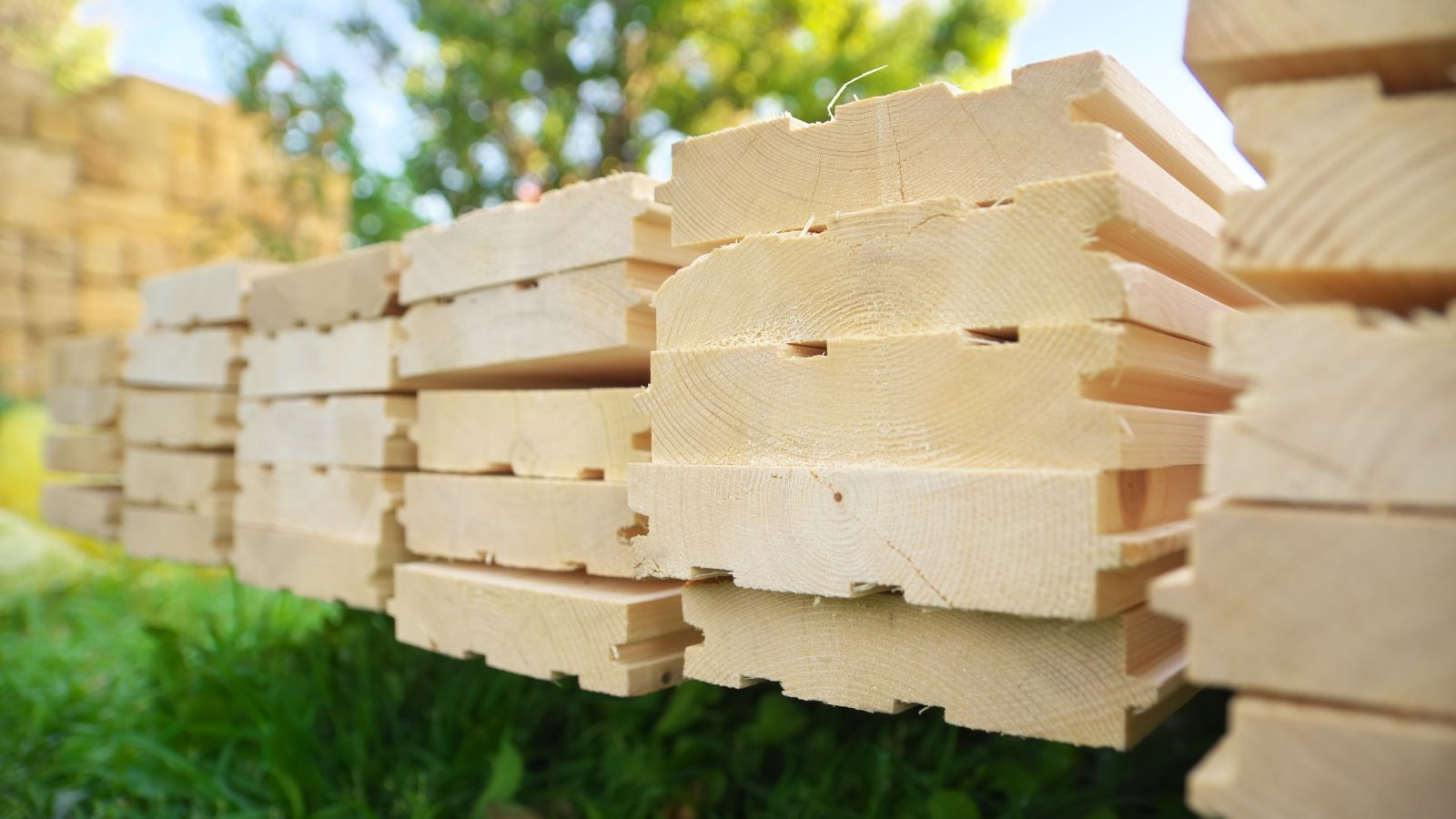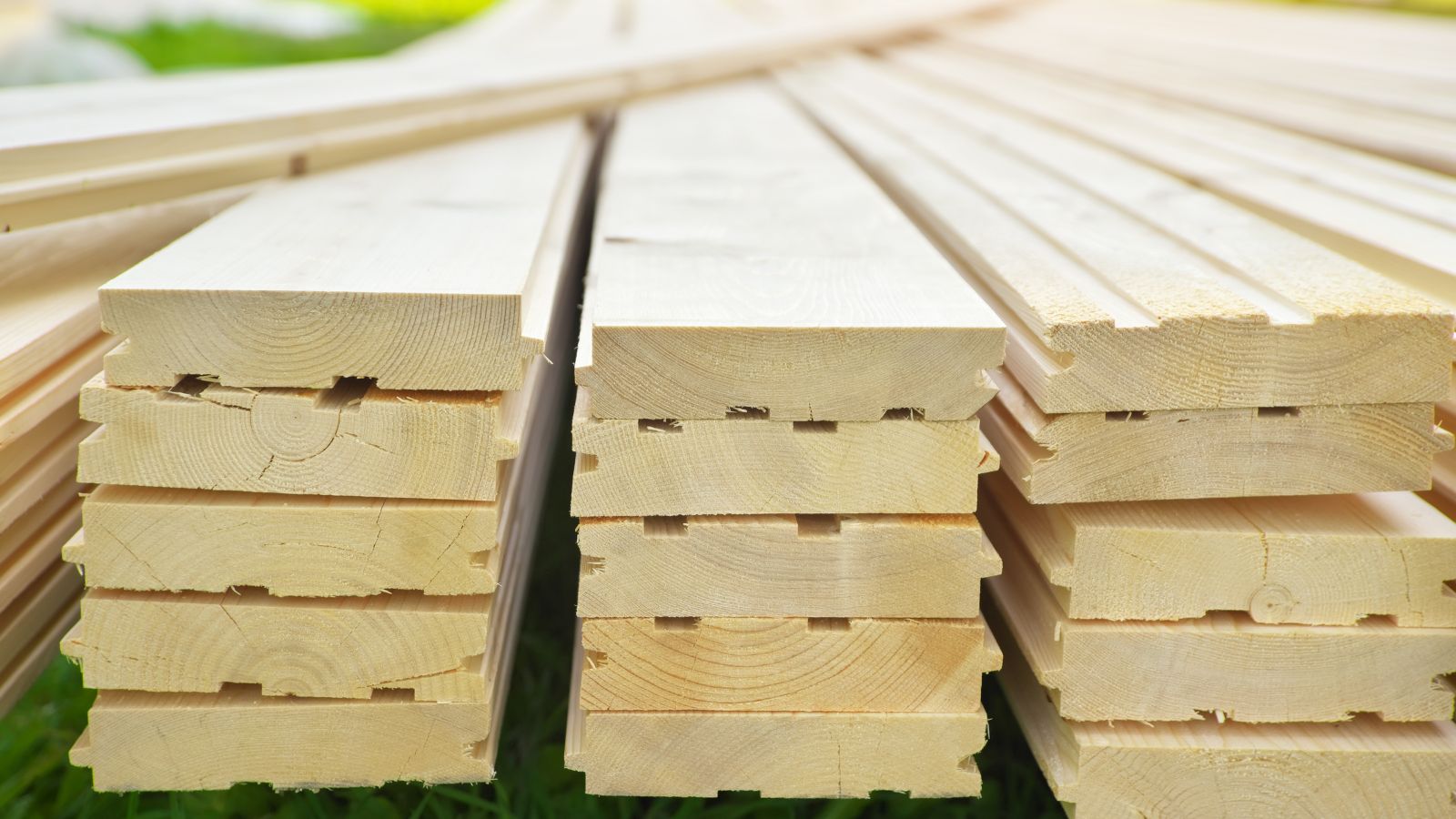Are you looking for a way to fence in your garden? Perhaps you’re looking for a way to keep your children or pets from wandering off or to keep out other animals?
There are many different types of garden fences available, and it can be tricky to decide which is the best option for you. In this blog post, we’ll discuss some of the most popular garden fencing options and how to choose the right one for your needs.
Types of Fences
Here are some of the best fence options you can try out for your garden. The list below details the advantages of each type and what’s involved in their installation.
1. Closeboard or featherboard
Featherboard is among the most popular woodengarden fences in the UK. Featuring a simple design, featherboard fencing uses vertical fence panels made of timber. These vertical panels partially overlap each other. They are then affixed to a couple of horizontal boards located behind, which serve as support rails.
An advantage of this type of fence is it prioritises privacy. And because of its construction, it is sturdy and durable. Other perks that it offers are easy maintenance and excellent wind resistance.
Featherboard fencing is relatively simple to install. Essentially, it involves digging the holes, concreting the posts, and attaching the boards.
2. Tongue and groove
This type of fencing has a traditional wooden look. It consists of vertical or horizontal panels that are inserted between rebated frames. The panels are typically treated against rotting to extend the lifetime of the fence.
With its interlocked panel design, tongue and groove fencing offers you privacy. Installation of this type of fence is also straightforward. You can get pre-assembled tongue and groove panels for more convenience and efficiency.
3. Hit and miss
With hit and miss fencing, you get horizontal or vertical boards that are alternately installed on both sides of the panel. It’s a stylish fence alternative to regular wooden fences, but it also provides adequate privacy. Additionally, it offers good wind resistance.
If you plan to go the DIY route in building your hit and miss fencing, it is best to allow two days for it. After concreting the posts and placing the rails, choose which side you’re going to do first, and focus on that before heading over to the other side and completing your fence.
4. Larch lap
Larch lap fencing has a traditional wooden appearance that is similar to featherboard and tongue and groove fencing. What distinguishes it is that it is more cost-effective, making larch lap ideal if you are looking for a cheap garden fence option.
While providing adequate privacy to your garden, note that larch lap is less sturdy and resistant to wind than featherboard or tongue and groove fences. Larch lap panels can be installed between concrete or timber posts.
5. Slatted
Slatted fencing differs from solid fences in that it has small gaps between each affixed panel. The slats allow wind and sunlight to pass through. This creates a contemporary and chic look that is perfect if you’re looking for a garden fence option with a modern feel.
Installing a slatted fence for your garden will involve determining the exact measurements you want it to have, such as the height of your fence and panel width. Having another person to help you with the measurements can help you save time and effort.
6. Louvred
Another semi-solid type of fence like slatted fencing, louvred fencing also has gaps in between panels. Just like slatted fencing, louvred fencing allows the breeze and sunlight to pass through. What makes it different from slatted fences is that its slats are installed at an angle, similar to louvre blinds.
When installing louvred fencing, decide on the size of the slats, the level of visibility they offer, and whether you want to have adjustable slats or not.
7. Woven
This decorative type of fencing provides a natural charm to your garden. Unlike other semi-solid fence types, woven fences offer a higher level of privacy and security while still allowing the light to pass through. These characteristics, along with its pleasing aesthetic and durability, make it an attractive choice for many homeowners.
You can use various materials for your woven fence. Common materials include willow, bamboo, and hazel.
8. Trellis
You can use trellis panels as a topper for your fences or to seclude various areas in your garden. With their criss-cross patterns, they allow the sunlight to pass through. Utilising trellis panels is one way to make your garden more visually striking. They are also useful for supporting climbing vines and plants.
9. Picket
Both a decorative and traditional type of fencing, a picket fence is a good option for front or rear gardens. Picket fences typically have a height of below 5 feet. Because of its design, it doesn’t offer wind resistance or protection to plants. Its benefits are its aesthetics, low cost, and ability to keep animals out of your garden. The materials commonly used for picket fences are wood, metal, PVC, and vinyl.
10. Wrought iron
Wrought iron fences add a touch of elegance to your garden. Made of solid metal, they are durable and can last for many years. They also offer good visibility. And unlike fences made of wood, you won’t have to worry about warping or rotting issues. Plus, you have numerous options when it comes to design. You can choose to have wrought iron fences with simple or intricate patterns.
How to Choose the Right Fence: Factors to Consider
- Usage: Determine the fence’s primary purpose. Is it to protect your garden or improve house security and privacy? Is aesthetics your priority?
- Maintenance: Are you aiming for a low-maintenance fence? Also, consider how often you are going to maintain the fence.
- Budget: It’s essential to keep within your budget, particularly if you’re looking for affordable garden fence options. However, always go for quality materials to ensure your fence’s longevity.
- Installation: This entails choosing between going the DIY route or hiring professionals to install your fence.
The above points can act as your guide for choosing which fence to install in your garden. For further advice and recommendations, consult one of our experts now.
Contact us at Enterprise Works by calling 07392 109856 or emailing enterpriseworks2@swindon.gov.uk.




